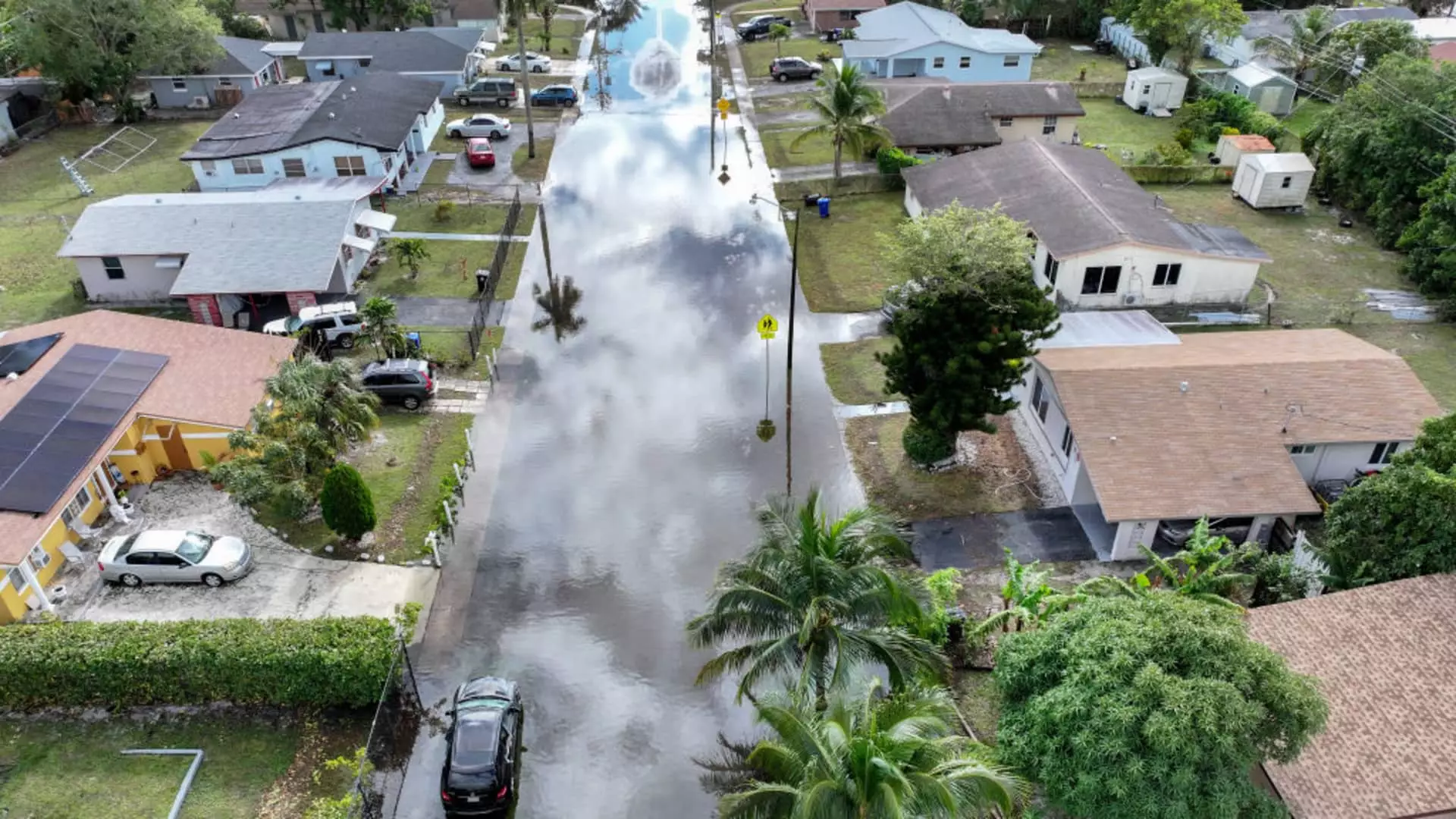The traditional realm of mortgage lending is undergoing a seismic shift, one that surpasses the usual parameters of income and credit scores. Historically, lenders have prided themselves on a deep dive into borrowers’ finances, but the urgency of climate change has injected a new, daunting variable into this equation. Financial institutions, often slow on the uptake, are now forced to grapple with the economic ramifications of climate chaos. As weather-related catastrophes proliferate, lenders are waking up to the reality that they cannot simply ignore the financial risk posed by climate change. This is a wake-up call—one that we can no longer afford to hit snooze on.
The Insurers’ Dilemma
While lenders are beginning to adjust their risk assessments, insurers are frequently withdrawing from high-risk regions altogether, creating a vicious cycle of rising costs and diminishing coverage. Homeowners in flood-prone areas, such as Louisiana or coastal Florida, find themselves in increasingly precarious situations, struggling against skyrocketing insurance premiums. It’s a betrayal of trust: the very firms designed to provide security are leaving consumers in the lurch when it matters most. The message is increasingly clear—climate change isn’t just a future problem; it’s a today problem demanding attention now.
The Federal Emergency Management Agency (FEMA), having faced cuts and turmoil under the previous administration, is in disarray, which adds layers of uncertainty for homeowners. The erosion of federal support during natural disasters magnifies the stakes for both borrowers and lenders alike. As these entities grapple with these challenges, they must make hard choices about risk, which can further disenfranchise those living in vulnerable areas.
Underwriting in the Time of Climate Change
Jeremy Porter, the head of climate implications at First Street, put it bluntly: mortgage markets are on the front lines of climate risk. For consumers living in flame-scorched California, hurricane-laden Florida, or flood-stricken Louisiana, the new underwriting models could mean the difference between homeownership and financial ruin. The unsettling predictions indicate that losses due to climate events may increase from $1.21 billion to an astonishing $5.36 billion within a decade—an alarming statistic that demands urgent reform.
The entitlement to affordable housing is threatened by the unpredictable whims of climate change. Consumers may find their credit scores dropping not for failing to pay debts, but due to the susceptibility of their properties to natural disasters. This linkage of climate risk to creditworthiness raises ethical questions about how we structure mortgage financing. Should we really allow the weather to determine our economic prospects?
Foreclosure Rates and the Hidden Costs of Climate Risk
The post-flood foreclosure data is alarming. Properties devastated by climate events see an average 40% increase in foreclosure rates, creating a cascading effect that permeates through neighborhoods and communities. The human element—the families uprooted, the children displaced—often gets lost amid the financial jargon and actuarial tables. It is disheartening to think that a natural disaster could push someone into a financial abyss, all while lenders remain lukewarm in their response to the looming climate crisis.
Take the case of homeowners who cannot afford the skyrocketing premiums. Many, unfortunately, find themselves at a crossroads: pay or walk away. This qualifies as an existential threat to the stability of not just individual lives but entire neighborhoods, as lenders become encumbered with unpaid loans. A mortgage is not just a financial agreement; it is a commitment to community, and when the fabric of that community is endangered, society as a whole suffers.
The troubling reality is that most lenders have yet to factor in the impending impacts of climate change in their underwriting models despite the evidence clearly showing the systemic risks involved. It’s a staggering oversight when you consider that even institutions like Fannie Mae, which could lead the charge for change, have yet to prioritize this issue despite having initiated discussions in the past.
The time for awareness has passed; it is time for action. Financial institutions need to reconsider their roles as risk assessors, not just for borrowers but also for the planet. The intersection of climate change and mortgage markets requires innovative solutions and proactive measures that protect vulnerable populations from future disasters. The lack of accountability in the financial sector regarding climate risks has reached a critical point—it must not go unchallenged. A vigilant society with a willingness to hold lenders accountable can usher in the necessary changes that prioritize both financial health and the planet’s sustainability. Climate change isn’t merely an environmental issue—it’s a financial one that demands immediate redress.


Leave a Reply